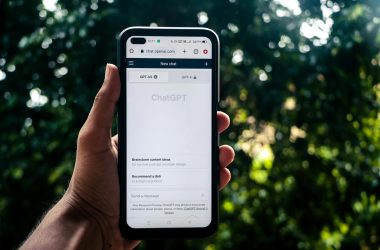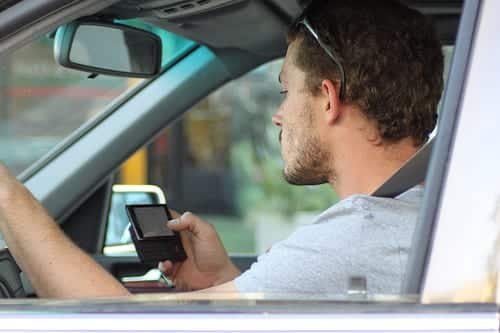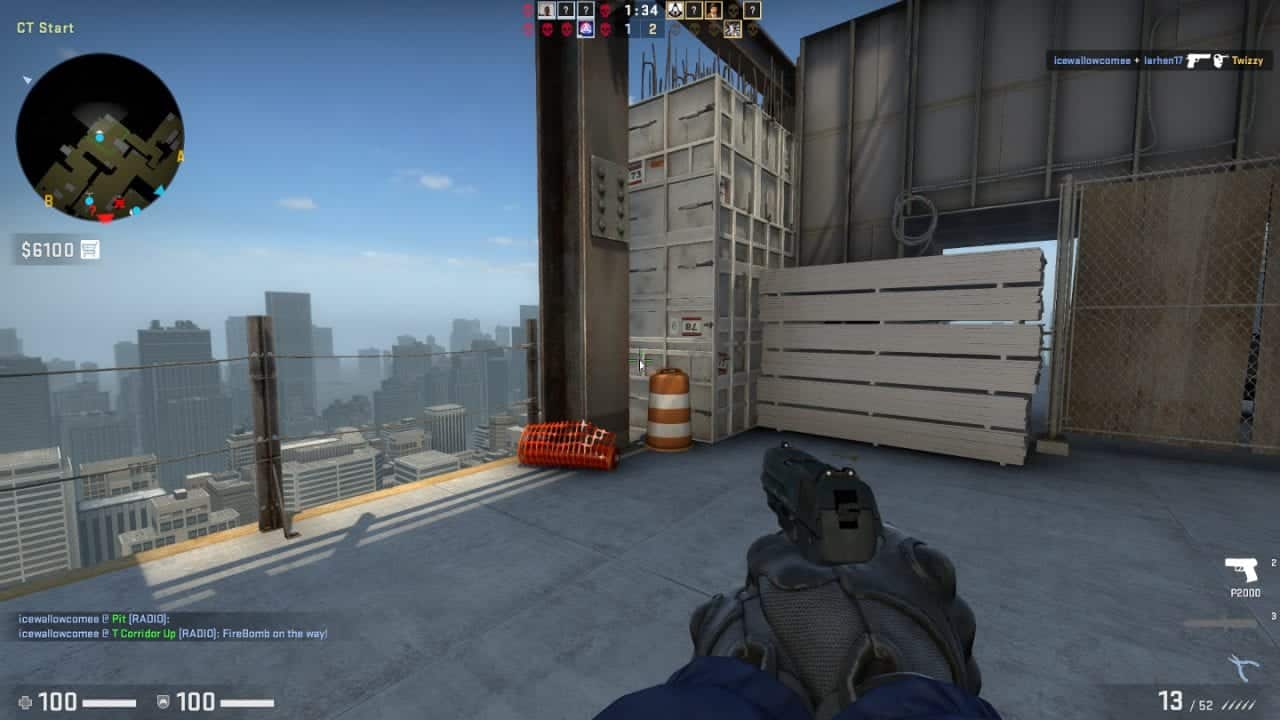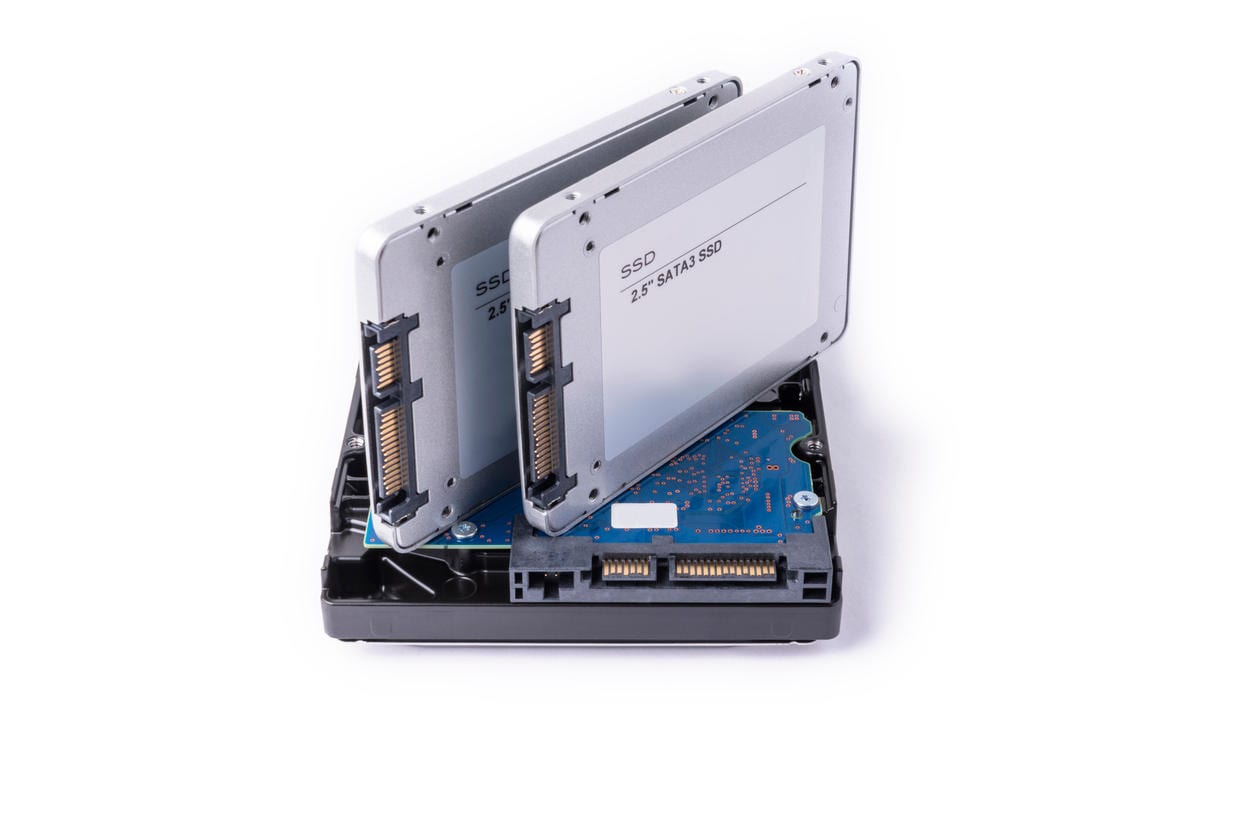Phones can be a dangerous distraction while driving. Looking away from the road, even for a moment, to check a text message or see who’s calling can be a fatal mistake. However, technology by itself is never inherently bad; it’s the human pushing the buttons who decides whether to use a device wisely or dangerously. There are ways to use your phone safely in the car. In some ways, smartphone technology is even making driving safer.
Anti-Distraction Apps
Image via Flickr by Lord Jim.
One key area that’s being developed to make driving safer is anti-distraction apps. Ironically, we wouldn’t need anti-distraction apps if we didn’t have smartphones, so this is a way for your phone to protect you from itself. One common approach is apps that read your texts out loud and let you respond by voice, so texting is, at least in theory, no more dangerous than conversing with a passenger. Another popular strategy is apps that shut down access to your phone’s texting, calling, and messaging services when you reach a certain speed.
Crash Alert Services
Apps like Zendrive and CrashSense monitor your movement and alert emergency services the moment you have a crash of any kind. They’re surprisingly effective at knowing the difference between an auto accident, a sudden stop, and a dropped phone. This is the same kind of technology that’s built into many newer cars, but the phone app has an advantage in that you can take it with you into any vehicle, even if you are a passenger.
GPS Services
Mapping apps help drivers avoid heavy traffic areas, which could level out traffic patterns and reduce accidents. Some crowd-sourced GPS apps let drivers alert one another to dangers like objects in the road or flash flooding. Be aware that using GPS in the car can become a distraction in itself if you’re constantly squinting down at your phone. The safest way to navigate is to have a dash mount that puts your screen at eye level. Also, for better routing and visibility, choose a large-screen phone on an ironclad network, like the iPhone 7 Plus paired with T-Mobile’s reliable network.
Driving Monitors
Some apps will track your speed and compliance with traffic laws and alert you if you make mistakes. An app called DriveWell, for instance, monitors for hard braking, speeding, abrupt acceleration, and taking corners too sharply. It also monitors how often the driver is distracted by the phone and assigns each trip an overall safety score. Apps like DriveWell are popular for parents who want to make sure their teenager is doing a good job behind the wheel, but they could be useful for mature drivers who want to test themselves, too.
The Sleep Factor
Drowsy drivers are such a massive safety problem on our roads that apps are being developed to combat this specific hazard. An app called CarSafe is the perfect answer to sleepiness behind the wheel. When your phone is mounted on the dash, the app uses its cameras to monitor both the driver’s face, tracking things like long blinking, and the road, for clues like how close you’re following to the car behind you. Another app, called Somnoalert, watches for signs like jerking back into the driving lane or nodding your head.
Breathalyzer Apps
It’s easy to imagine the drowsiness detectors picking up on drunk driving as well. Meanwhile, you can use an app and a device that plugs into your audio jack to turn your phone into a breathalyzer. These apps can’t actually stop your car from starting if you are over the legal alcohol limit, but they can alert responsible drivers when they’ve had too much to drink. A breathalyzer app could also be useful to passengers and friends who need hard evidence that a driver is under the influence.
Downloading a few of these apps to your phone could be an important first step to being safer on the road. Ultimately, using your phone responsibly and protecting others on the road is a matter of driver committment.







